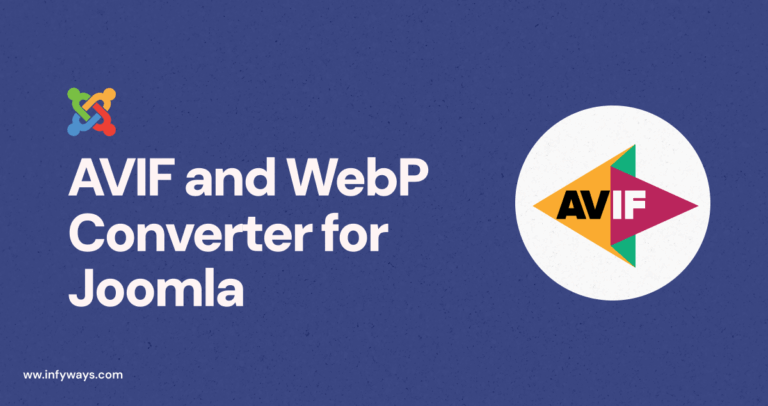In the digital age, having a website is essential for businesses, bloggers, and creatives. Two platforms that stand out in the website design landscape are Showit and WordPress. But which one is right for you? This article will provide a detailed comparison to help you make the best choice.
Showit: An Overview

Showit is a modern, drag-and-drop website builder known for its stunning design capabilities. It’s perfect for those who want to create visually appealing sites without needing to know code.
WordPress: An Overview

WordPress is a powerful content management system (CMS) that powers over 40% of the web. It’s a go-to platform for bloggers, e-commerce sites, and large businesses.
Showit vs WordPress: A Comprehensive Comparison
| Feature/Aspect | Showit | WordPress |
|---|---|---|
| Ease of Use | User-friendly, drag-and-drop interface, no coding required. | Steeper learning curve, more control, coding knowledge beneficial. |
| Design Flexibility | Known for beautiful, artistic designs, great for creative sites. | Endless customization with themes and plugins, versatile. |
| SEO Capabilities | Basic SEO tools, may require additional efforts for advanced SEO. | Robust SEO capabilities with plugins like Yoast, preferred by experts. |
| Performance and Speed | Generally good but may vary with design complexity. | Known for speed, especially with proper optimization and caching. |
| Pricing | Subscription-based pricing with different tiers. | Free to use, costs may arise from hosting, themes, plugins. |
| Security Measures | Built-in security features, SSL certificates. | Requires regular updates, security plugins for optimal protection. |
| Community and Support | Official support, community of designers. | Extensive community support through forums, blogs, tutorials. |
| Integration and Plugins | Limited integration options. | Thousands of plugins available for various functionalities. |
| Mobile Responsiveness | Designs are mobile-friendly, adapt to different screen sizes. | Themes must be chosen carefully for mobile optimization. |
| E-commerce Capabilities | Limited e-commerce options, suitable for small stores. | Robust e-commerce capabilities with plugins like WooCommerce. |
| Content Management | Simple content management, best for visual sites. | Advanced content management, ideal for blogs and large sites. |
| Migration and Portability | Possible but may require professional help. | Easier migration options with various tools and plugins. |
| User Reviews and Testimonials | Praised for design and ease of use, criticized for limited functionality. | Loved for flexibility and community support, may be complex for beginners. |
| Pros | Beautiful designs, ease of use. | Flexibility, community support. |
| Cons | Limited functionality, higher cost. | Steeper learning curve, potential security risks. |
Conclusion
Choosing between Showit and WordPress is a significant decision that depends on your specific needs, budget, and skills. Both platforms offer unique features and benefits, and understanding them will help you make the best choice for your website.
Frequently Asked Questions
Showit is a visual website builder known for its artistic designs and ease of use, especially for beginners. WordPress is a robust content management system (CMS) offering extensive customization and functionality. While Showit focuses on visual appeal, WordPress provides more control and versatility.
Showit is generally considered more beginner-friendly due to its drag-and-drop interface and no coding requirement. WordPress, while offering more control and flexibility, may have a steeper learning curve for those new to website development.
Showit operates on a subscription-based pricing model with different tiers, while WordPress itself is free to use. However, costs may arise in WordPress from hosting, themes, plugins, and other additional features.
Showit offers basic SEO tools but may require additional efforts for advanced optimization. WordPress, on the other hand, has robust SEO capabilities, especially with plugins like Yoast, making it a preferred choice for SEO professionals.
For e-commerce, WordPress typically offers more robust capabilities, especially with plugins like WooCommerce. Showit has limited e-commerce options, making it more suitable for small stores or simple selling functionalities.
Showit offers built-in security features and SSL certificates. WordPress requires regular updates and may need additional security plugins for optimal protection. Both platforms prioritize security, but the measures may vary.
Both Showit and WordPress offer customization options. Showit focuses on visual design with a user-friendly interface, while WordPress offers endless customization through themes, plugins, and coding.
Showit offers official support and has a community of designers for assistance. WordPress has extensive community support through forums, blogs, tutorials, and a vast network of developers and users.
Choosing between Showit and WordPress depends on your specific needs, preferences, budget, and skills. Showit is ideal for visually stunning, artistic sites, while WordPress provides more functionality and control. Consider factors like design, functionality, SEO, pricing, and support to make the best choice for your website.




